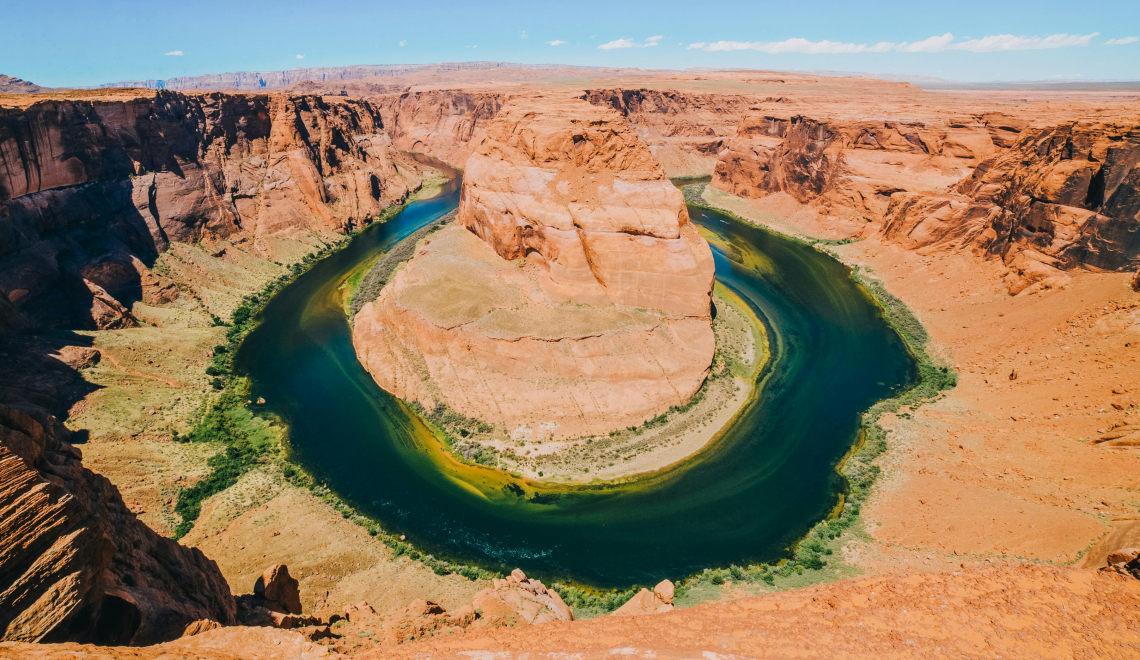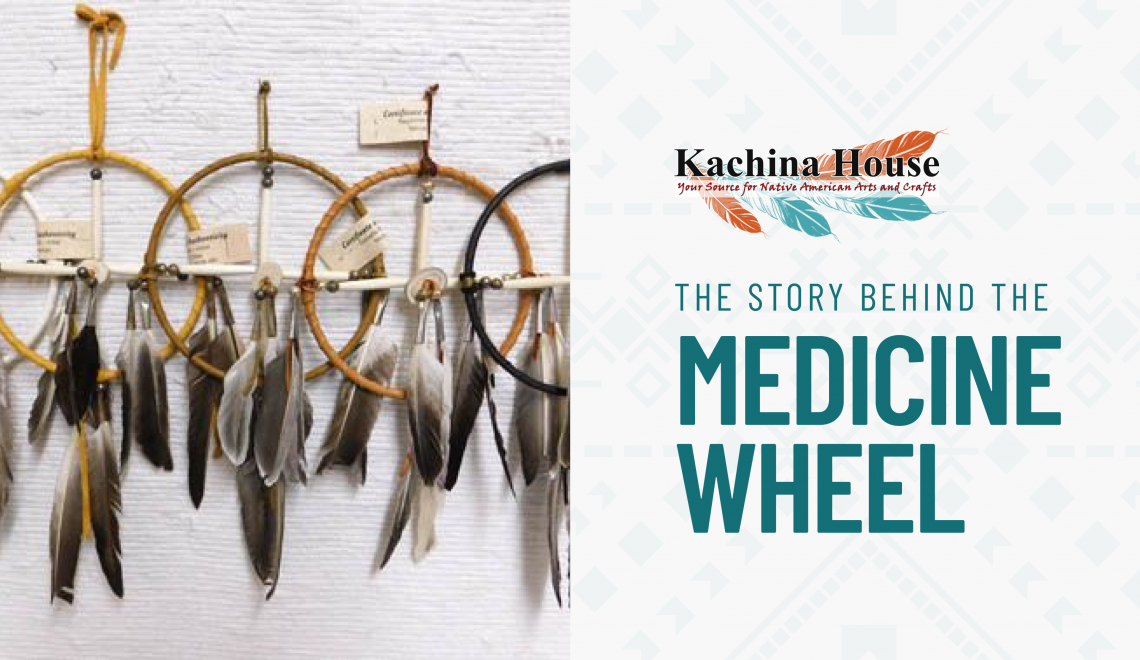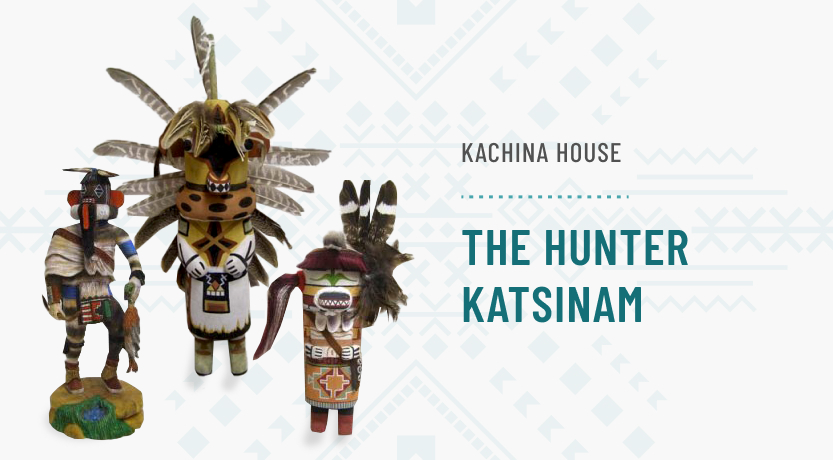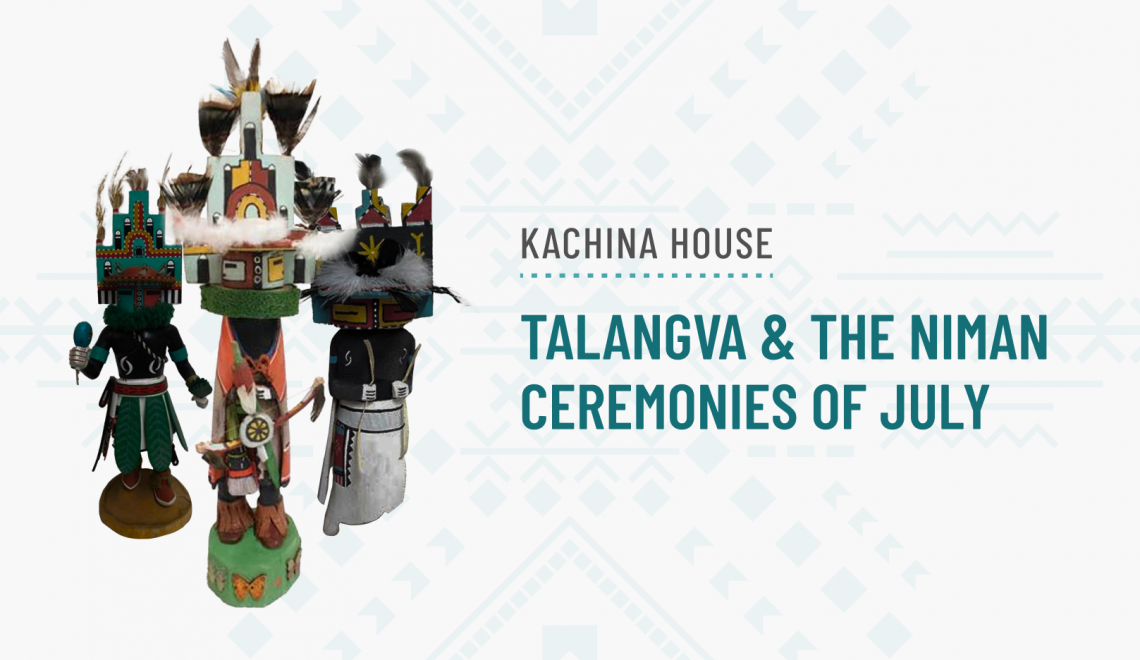
Updated on 07/31/2025
Water holds profound meaning in Native American cultures, representing far more than a basic necessity. The Native American water symbol carries deep spiritual significance, connecting Indigenous peoples to the natural world through sacred traditions passed down through generations. This vital element appears throughout Native American art, ceremonies, and storytelling as a powerful representation of life’s most essential forces.
“Water is Life”: Universal Indigenous Understanding
The Lakota phrase “Mní wičhóni,” meaning “Water is life,” expresses the Indigenous worldview about water’s sacred nature. This phrase gained national recognition during the Dakota Access Pipeline protests and represents thousands of years of Native American understanding. For Native Americans across diverse tribes, water does not merely sustain life—it is sacred, possessing what many Indigenous communities recognize as the primary reason they exist.
The Four Sacred Elements
Native American spiritual beliefs center around four fundamental elements: water, fire, air, and earth. These elements form the foundation of all existence, governing both physical and spiritual realms. Water stands as one of these sacred pillars, essential for maintaining balance in individual well-being and cosmic harmony.
Visual Representation and Symbolic Meanings
The Native American water symbol appears as two parallel wavy or zigzag lines, representing water’s flowing nature and constant movement. These simple yet meaningful marks appear in pottery, textiles, jewelry, and ceremonial objects across tribal cultures.
The symbolic meaning water carries encompasses life’s beginning and continuation. Many creation stories begin with water, as seen in the Navajo creation story Hajíínéí, which opens with water and sky forming the First World. Ojibwe creation stories describe how Turtle Island emerged from floods that purified Mother Earth.
Water also represents cleansing and purification beyond the physical realm. In Native traditions, water purifies the spirit, washing away negative energy and preparing individuals for sacred ceremonies. Running water specifically symbolizes life’s continuity and the endless journey of existence.
Variations Across Tribes
Haida Water Traditions
Alaska Native Haida people demonstrate sophisticated water understanding through distinct language terms: “gándla” for freshwater and “tang” for saltwater. As “water people,” the Haida practice ocean cleansing ceremonies, submerging in saltwater to purify body, mind, and spirit while harvesting traditional foods from ocean waters.
Ojibwe Water Connections
For the Ojibwe, water “nibi” represents a sacred spirit—a living, moving being carrying stories and connections. Their migration story centers on following waterways westward to find “manoomin” (wild rice), the “sacred food that grows on water,” leading them to Gichi Gumee (Lake Superior).
Blackfeet Sacred Realms
The Blackfeet Nation recognizes water as home to “Soyiitapi” (underwater beings) who instructed them to protect aquatic environments. This established moral restrictions preventing harm to water sources and anything living within them.
Traditional Stories and Scientific Knowledge
Native American water stories contain sophisticated scientific understanding developed over millennia. The Haida story of Raven stealing freshwater from Eagle demonstrates knowledge of the water cycle, geographic distribution, and ecological relationships—often predating Western “discoveries” by centuries.
Contemporary Significance
Modern indigenous water activism draws directly from traditional teachings. The Standing Rock protests exemplified how the Native American water symbol and “Mní wičhóni” unite communities protecting water resources. Several countries now recognize Indigenous water perspectives, with New Zealand granting “personhood” status to rivers based on indigenous beliefs.
Educational programs like “Nibi Gizaagi’igoo Water We Love You” combine traditional ecological knowledge with Western science, preserving water teachings for future generations while honoring water walkers who pray along rivers needing healing.
Conclusion
The Native American water symbol represents the profound connection between indigenous peoples and water as a sacred, living entity. From creation stories to contemporary environmental activism, these symbols offer valuable perspectives on water conservation and humanity’s relationship with this vital resource.
Explore authentic Native American artwork featuring traditional water symbols at Kachina House, where each piece honors Indigenous artistry while supporting Native artists and communities.





thanks for the information I used this for my essay and it helps a lot
Glad to be of service…..